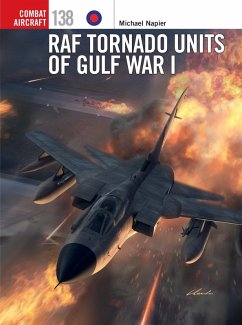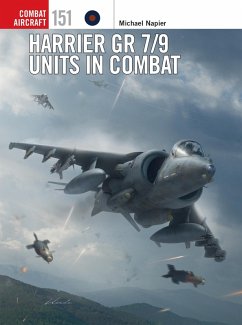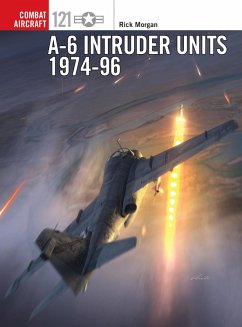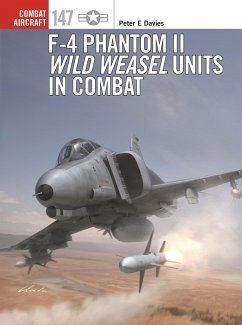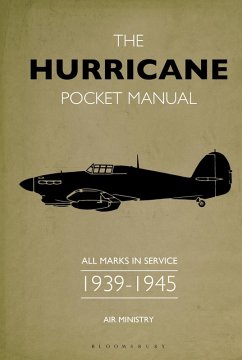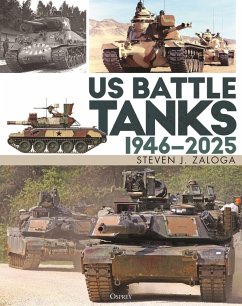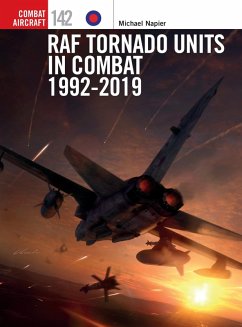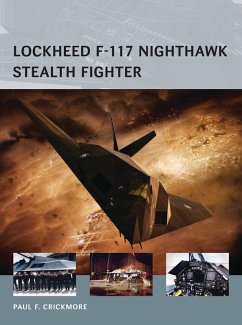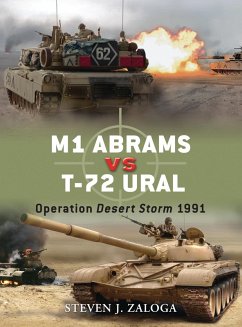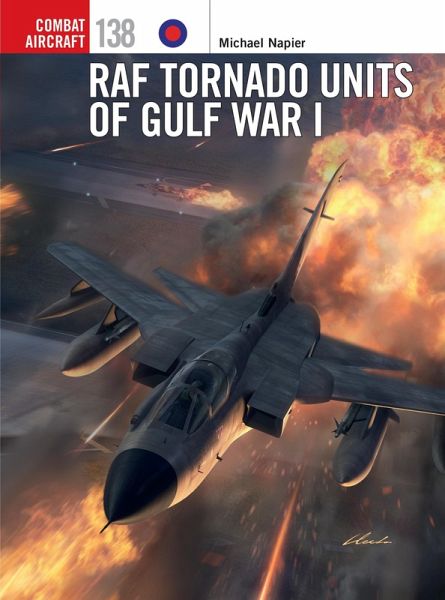
RAF Tornado Units of Gulf War I (eBook, PDF)
Versandkostenfrei!
Sofort per Download lieferbar
11,95 €
inkl. MwSt.
Weitere Ausgaben:

PAYBACK Punkte
6 °P sammeln!
When the Gulf Crisis of 1990 was triggered by the Iraqi invasion of Kuwait, the RAF responded by sending Tornado F 3 fighters to Saudi Arabia to help defend the country against further aggression. These aircraft were followed by the deployment of Tornado GR 1 strike/attack aircraft to Bahrain. Eventually three wings of Tornado GR 1s were established in Bahrain, Tabuk and Dhahran, as well as a detachment of Tornado GR 1A reconnaissance aircraft. At the start of hostilities in January 1991, the Tornado GR 1 wings carried out night-low-level attacks against Iraqi Main Operating Bases using the JP...
When the Gulf Crisis of 1990 was triggered by the Iraqi invasion of Kuwait, the RAF responded by sending Tornado F 3 fighters to Saudi Arabia to help defend the country against further aggression. These aircraft were followed by the deployment of Tornado GR 1 strike/attack aircraft to Bahrain. Eventually three wings of Tornado GR 1s were established in Bahrain, Tabuk and Dhahran, as well as a detachment of Tornado GR 1A reconnaissance aircraft. At the start of hostilities in January 1991, the Tornado GR 1 wings carried out night-low-level attacks against Iraqi Main Operating Bases using the JP233 runway denial weapon. Meanwhile, Combat Air Patrols from the Tornado F 3 wing ensured the integrity of Saudi airspace. Once air supremacy had been established, the Tornado GR 1 force moved to medium-level operations, initially by night and later by day, to attack the Iraqi oil production and storage infrastructure. The arrival in theatre of a laser designation capability with Pave Spike/Buccaneer and TIALD/Tornado enabled precision attacks against the Iraq transport system to cut off the frontline troops from resupply and reinforcement and then to carry out a systematic destruction of the airfield facilities. Tornado GR 1A reconnaissance operations played a major role in the location of Scud missile launchers and in the planning and execution of the land offensive. Throughout the conflict, the Tornado F 3 wing at Dhahran carried out defensive counter-air operations to ensure the safety of the base areas. This volume, publishing 30 years after the conflict to free Kuwait, provides detailed first-hand accounts of the missions undertaken by the Tornado crews. It is illustrated by photographs taken by aircrew involved in the operation and includes 30 newly commissioned profile artworks and detailed nose art views of the aircraft ranged against Iraq.




